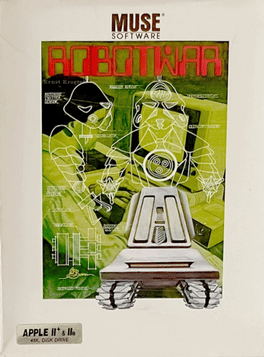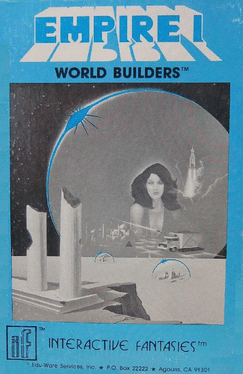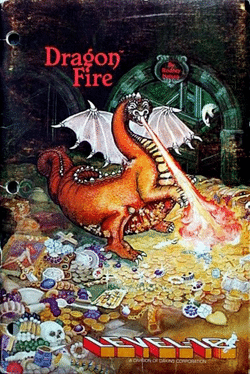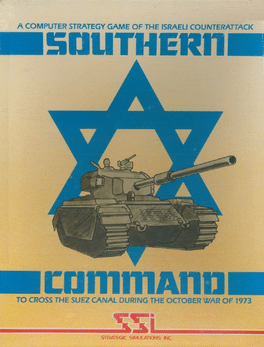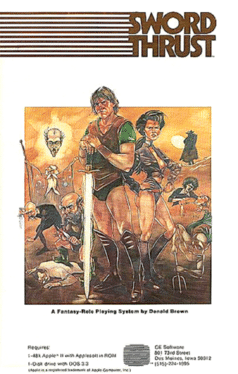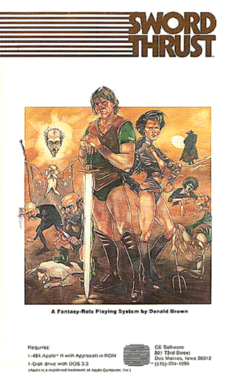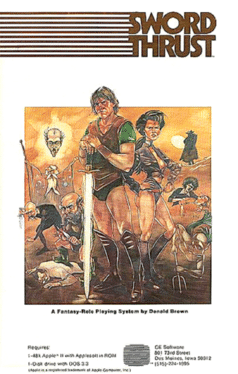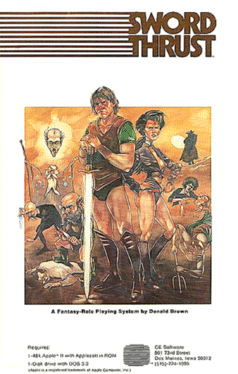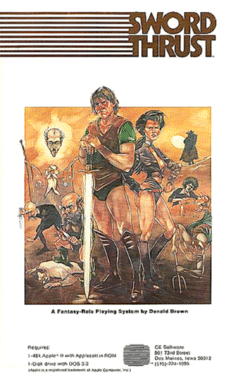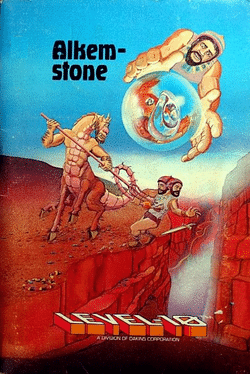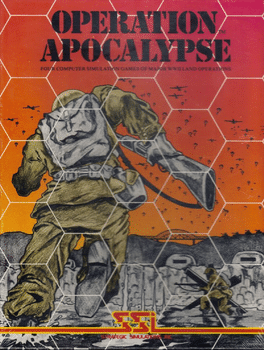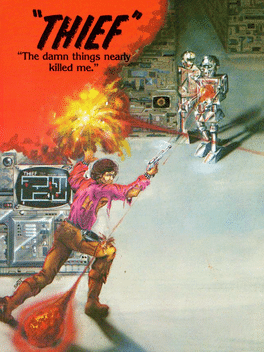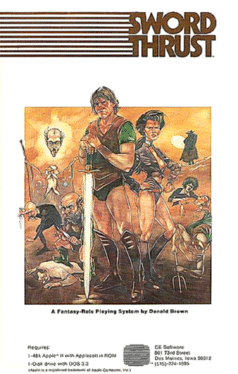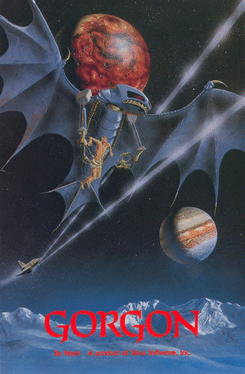New Apple Ii Games - Page 14
-
RobotWar
1981
RobotWar
1981
RobotWar is a strategy/puzzle/simulation hybrid by Silas Warner, creator of Castle Wolfenstein for MUSE Software. The game is best described as a cross between two later games: Origin's OMEGA and Maxis' RoboSport. Your task is to design robots, and program them to win fights in the arena. Using a language similar to BASIC, the game offers a surprisingly large number of commands you can use, a wide variety of robots. -
Empire I: World Builders
1981
First entry in a three-part-series about colonizing space. In the first game you prepare to find a suitable new world in the vastness of space. -
Epoch
1981
-
Falcons
1981
-
Kaves of Karkhan
1981
Kaves of Karkhan
1981
You enter the Cave of Karkhan and try to find Maldamere's Gem. But the demon has set numerous traps within the underground maze in order to prevent anyone from ever retrieving the gem. -
Dragon Fire
1981
-
Southern Command
1981
-
Alkemstone
1981
Alkemstone
1981
The clues spread in the maze will lead the player to the Alkemstone hidden in the real world. The first player to find the Alkemstone wins $5000. -
Torpedo Fire
1981
Torpedo Fire
1981
Torpedo Fire is a turn-based tactical game of WW2 naval warfare focused on submarine vs. destroyer combat. The player may take the role of either a submarine commander or a destroyer captain in any side of the conflict, while at the same time send orders to other ships in the player's command. The game allows playing against a fellow player (hot-seat multiplayer) or the computer AI in turns that simulate 60 minutes of actual combat. -
Operation Apocalypse
1981
-
Napoleon's Campaigns: 1813 & 1815
1981
A turned-based simulation of Napoleon's Waterloo and Leipzig campaigns. -
Thief
1981
Thief
1981
Players drive a car around a maze collecting greenbacks while being pursued by a number of police cars. Use dollar symbols to make your car invincible and put police cars temporarily out of action. The game uses a continuous loop tape with actual police band radio banter. -
Swordthrust
1981
-
Gorgon
1981
